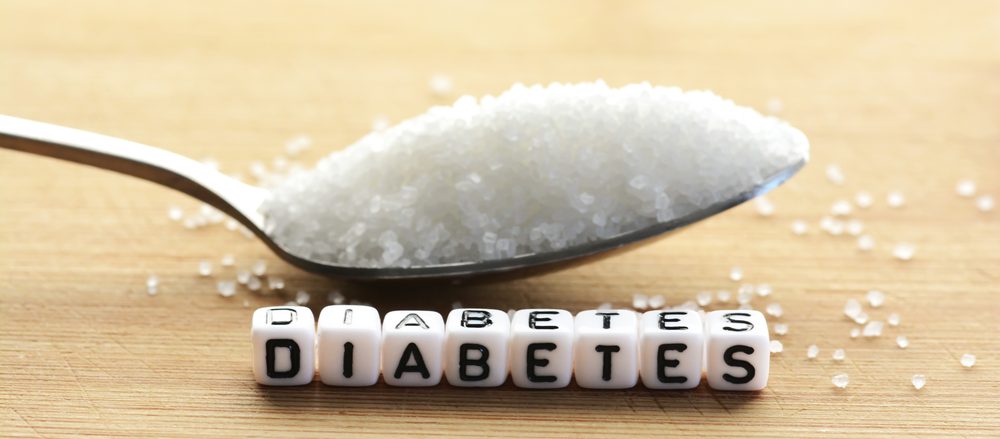Type 2 diabetes (T2D) is an expanding global health problem, closely linked to the epidemic of obesity. Historically speaking, diabetes is mentioned in Egyptian texts (1500 BC) way back in antiquity, describing the condition as ‘passing too much urine’. During the same period, Hindu medical texts discussed madhumeha or ‘honey urine’. By 250 BC the Greeks had termed the condition ‘diabetes’. In 1797, the Scottish surgeon, John Rollo was the first to prescribe an all meat and low carbohydrate diet for its treatment. In relatively recent times, American physicians Elliot Joslin and Frederick Madison Allen , the most famous diabetologists of the 20th century became proponents of intensive dietary therapy for diabetes.
Just some of the history, mentioned here may have demonstrated to those reading, what a close relationship diabetes has with diet.
Globally, T2D is the ninth leading cause of death worldwide. Western Europe has the highest prevalence that continue to rise, despite public health measures. Countries such as China, India and USA have the greatest total number of affected individuals, owing to their large population sizes. Ranked 7th among the leading causes of disability and years of life lost (DALYS). It has jumped from 19th position in 1990. Indicating the global transition in disease pattern.
In the UK, 4.9 million people have T2D or 7% of the population, and accounts for 18 % of all hospital admissions and a financial burden of £10 billion per year. Nearly a million people remain undiagnosed.
T2D is caused by too much glucose/sugar in the blood. Insulin is a hormone made in the pancreas that is key in the development of diabetes. Insulin allows glucose in the blood to enter cells for the production of energy. Diabetes is caused when cells fail to respond adequately to insulin and glucose is unable to enter cells and remains in the blood. This physiological state is commonly described as starvation in a sea of plenty.
The importance of maintaining normal blood glucose levels is most imperative as high levels, over time can result in serious damage to parts of the body including the eyes (retinopathy), feet (neuropathy and peripheral vascular disease PVD), heart, brain (heart attack and stroke) and kidneys (nephropathy).
Common symptoms of diabetes are increased urination, thirst and unexplained weight loss, as the body breaks down its own fat and protein store for energy that it is unable to access from the glucose in the blood.
Risk factors for diabetes include, a BMI over 25 kg/m2 (over 23 for South Asians), an unhealthy diet and physical inactivity; as well as not enough sleep, stress, smoking and alcohol consumption. Non- modifiable risk factors include, age over 40 yrs(over 25 for South Asians), family history and ethnicity.
Key messages for reducing the risk of development of diabetes as well as good management for those affected with the condition remains most importantly, to maintain a healthy weight or to lose weight for those who are overweight or obese. Losing just 3% of total body weight can result in increased insulin sensitivity and better blood glucose control.
Secondly, increasing physical activity levels can help not only with weight loss goals, but also in reducing blood glucose levels as well as increasing insulin sensitivity. Moreover exercise can help improve markers of CVD such as reducing blood pressure and cholesterol, which is important as people with diabetes have an increased risk of developing CVD. Other benefits include reduction in stress and better sleep, as well as increased muscle and bone mass., which all have benefits for not only over all health but for healthy weight management.
Dietary advice for people with diabetes is generally the same as for the general population; emphasising the importance of a heart healthy diet. However as it is the carbohydrate foods in the diet that are broken down in to glucose and enter the blood, cutting down on this food group is important. As the more carbs consumed, the higher the blood glucose will rise. Some carbohydrate is important in the diet for a healthy balance diet, so it is not recommended to cut out all carbohydrate. However reducing frequency, amount, and type of carb can equate to better glucose control and less medication.
Service users/ clients/ patients should be encouraged to try and reduce as much as possible, sugar and sugary foods as these have the most effect on blood glucose levels. These include sweets , chocolate, biscuits, cakes and sweet pastry; but also most breakfast cereals, fruit juice, other sugary drinks, honey, syrups, fruit yogurt, beers and ciders. However starchy carbohydrate foods such as bread, pasta, rice, potatoes and some breakfast cereals such as porridge also break down to glucose in the blood. It is important therefore to try and swap these for high fibre varieties and to try and reduce the portion size in meals (to ideally no more than 2 portions per meal).
It is important to note, that foods that are high in protein and fat will not affect blood glucose levels and increasing their consumption in a healthy way can help with satiety levels and therefore weight management. The best ones for heart and over all health are: nuts, seeds, olives, low fat protein foods such as eggs ,fish, chicken and turkey, as well as low fat dairy. Finally increasing intake of vegetables and fruit can also help with weight and blood glucose control and is important for overall health. However fruit should be included in moderation, so one portion at a time and ideally at meal times as this slows the sugar absorption. For a sweet treat, sugar free jelly and ice lollies may be tried.
Saima Husain – Diabetes Health Trainer
Type 2 Diabetes Diet and Lifestyle Management

